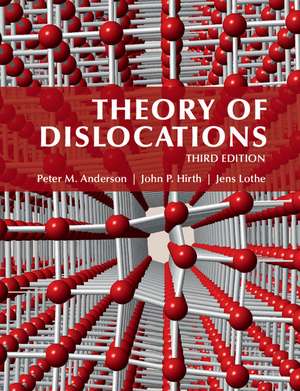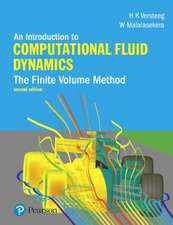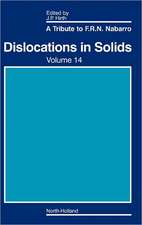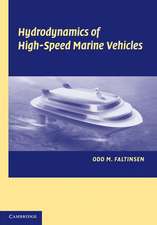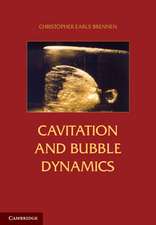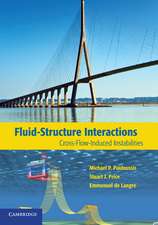Theory of Dislocations
Autor Peter M. Anderson, John P. Hirth, Jens Lotheen Limba Engleză Hardback – 15 ian 2017
Preț: 711.57 lei
Preț vechi: 781.95 lei
-9% Nou
Puncte Express: 1067
Preț estimativ în valută:
136.20€ • 147.100$ • 114.48£
136.20€ • 147.100$ • 114.48£
Carte disponibilă
Livrare economică 31 martie-14 aprilie
Livrare express 15-21 martie pentru 91.39 lei
Preluare comenzi: 021 569.72.76
Specificații
ISBN-13: 9780521864367
ISBN-10: 0521864364
Pagini: 718
Dimensiuni: 222 x 293 x 37 mm
Greutate: 2.19 kg
Ediția:3Revizuită
Editura: Cambridge University Press
Colecția Cambridge University Press
Locul publicării:New York, United States
ISBN-10: 0521864364
Pagini: 718
Dimensiuni: 222 x 293 x 37 mm
Greutate: 2.19 kg
Ediția:3Revizuită
Editura: Cambridge University Press
Colecția Cambridge University Press
Locul publicării:New York, United States
Cuprins
Part I. Isotropic Continua: 1. Introductory material; 2. Elasticity; 3. Theory of straight dislocations; 4. Theory of curved dislocations; 5. Applications to dislocation interactions; 6. Applications to self energies; 7. Dislocations at high velocities; Part II. Effects of Crystal Structure: 8. The influence of lattice periodicity; 9. Slip systems of perfect dislocations; 10. Partial dislocations in FCC metals; 11. Partial dislocations in other structures; 12. Dislocations in ionic crystals; 13. Dislocations in anisotropic elastic media; Part III. Interactions with Point Defects: 14. Equilibrium defect concentrations; 15. Diffusive glide and climb processes; 16. Glide of jogged dislocations; 17. Dislocation motion in vacancy supersaturations; 18. Effects of solute atoms on dislocation motion; Part IV. Groups of Dislocations: 19. Grain boundaries and interfaces; 20. Dislocation sources; 21. Dislocation pileups and cracks; 22. Dislocation intersections and barriers; 23. Deformation twinning.
Recenzii
'The classic book by Hirth and Lothe has been made much more assessable to a wider audience of students and researchers. The chapters include greatly expanded and improved illustrations. A complete set of worked solutions and supporting MATLAB codes for the problems at the end of each chapter, a set of Powerpoint files containing all figures in the book and Errata are all available at the Cambridge University Press website.' William D. Nix, Department of Materials Science and Engineering, Stanford University
Notă biografică
Descriere
This book provides a comprehensive understanding of the nucleation, motion, and interaction between crystalline defects called dislocations.
